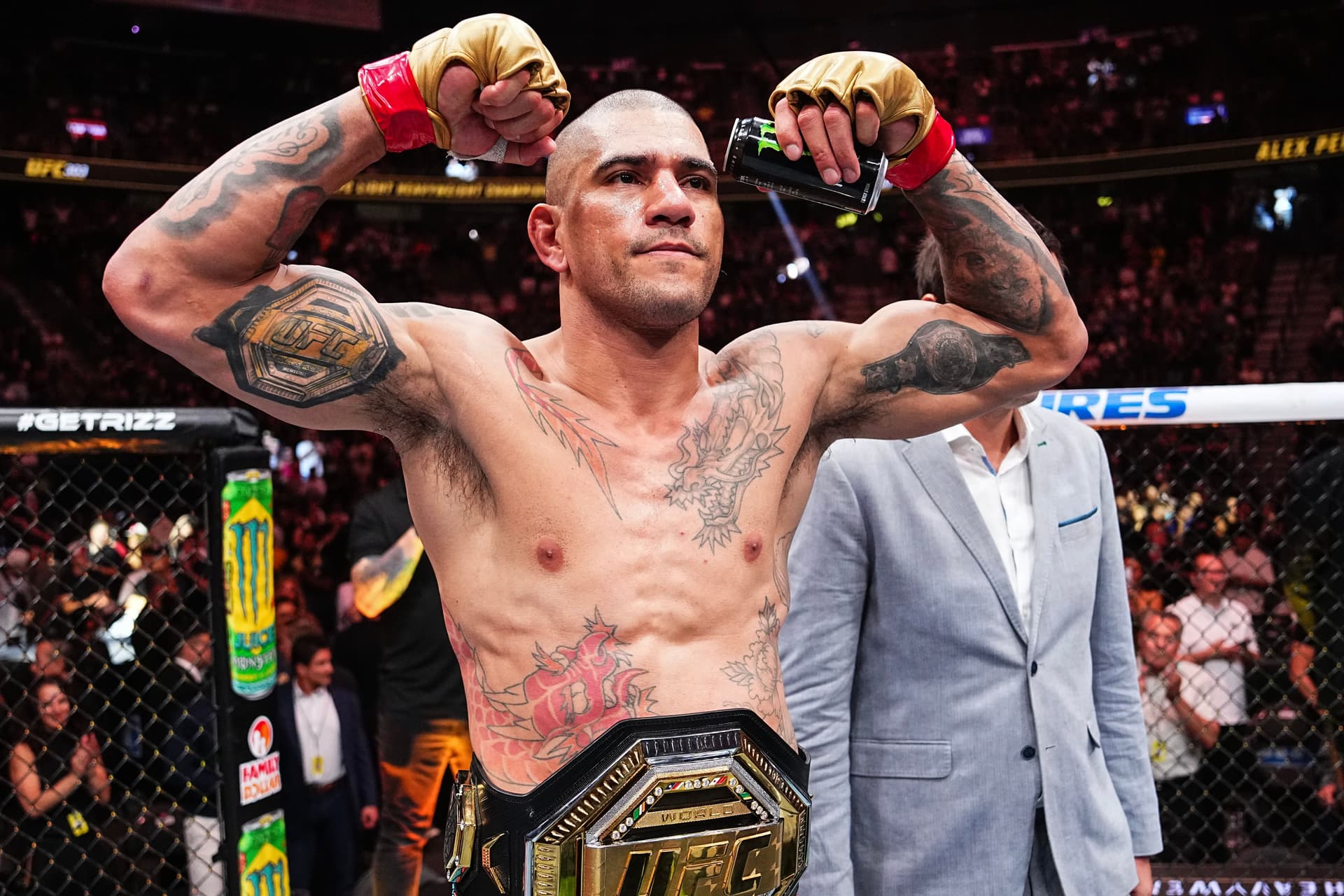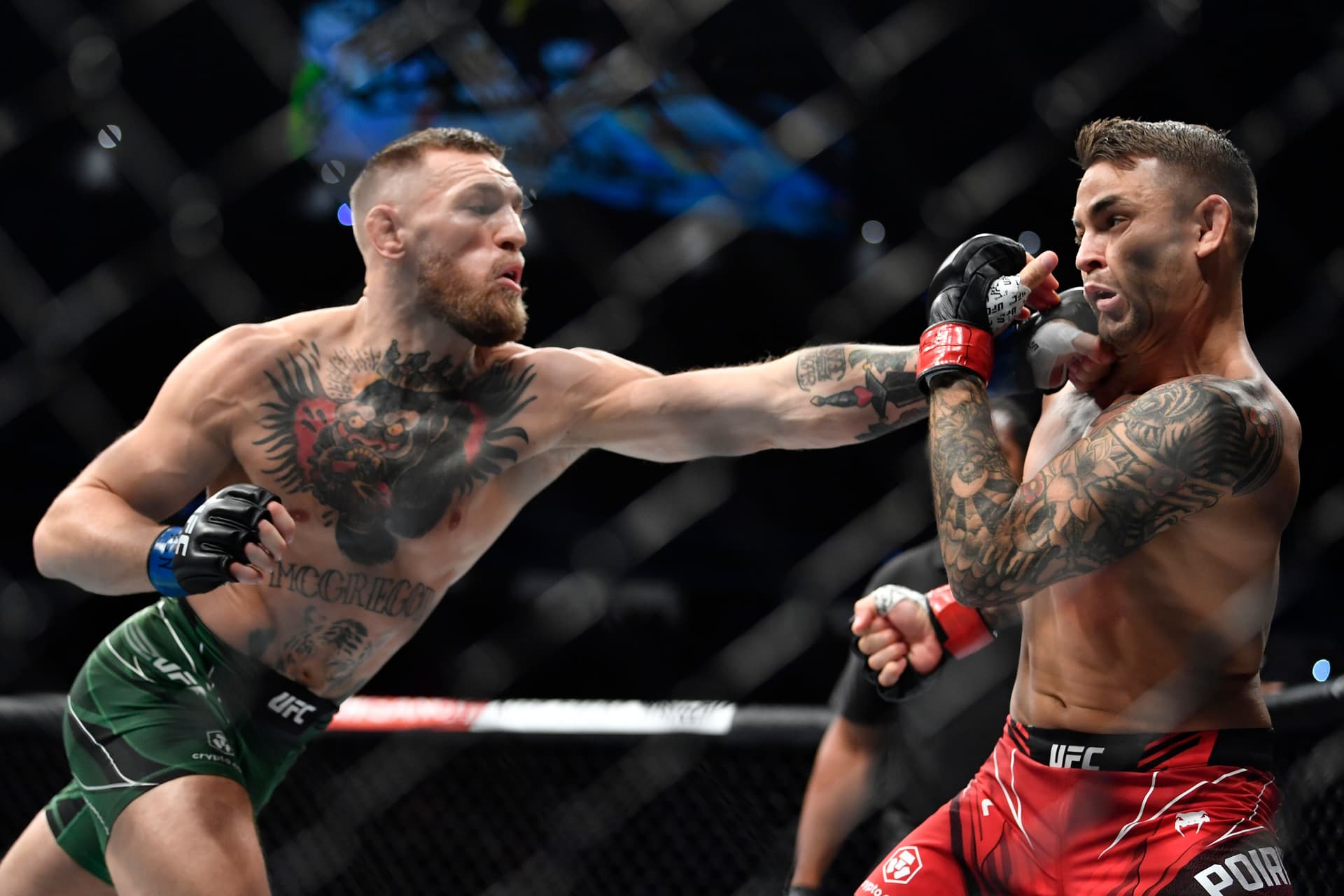MMA
How to Get Into MMA
Find out how to get into MMA, from training in various martial arts like BJJ, wrestling and Muay Thai, and the potential pay scale from amateur to professional levels.

Image Credits: Chris Unger/Zuffa LLC via Getty Images
Mixed Martial Arts has burst onto the scene over the past three decades and it has quickly become one of the biggest growing sports in the world, and it is now firmly the second biggest combat sport behind only boxing.
With the momentum and popularity that the MMA world is building, more and more people are dreaming of becoming a top MMA fighter like some of the star names such as Conor McGregor, Israel Adesanya and Sean O'Malley.
The first step to get into MMA is to find a good gym to train in, one that specialises in MMA of course. Some people get caught up in trying to find a gym to train in one specific aspect, however, ideally you want a gym that focuses on all three aspects: striking, grappling, and ground game.
In modern day, MMA it is becoming more and more crucial to be a well-rounded fighter because that is now the norm. In the 2000’s, a fighter could get away with being skilled in one specific area, but now to be elite you must be able to hang with the best of them on the feet and on the ground.
Once you find a good MMA gym, you want to make sure you attend even the most basic of classes so you can learn the fundamentals. While learning the very basics does sound boring, every elite fighter is nothing without their fundamentals. Footwork, striking defence, get-up escapes from the bottom - before you even throw your first meaningful strike, you want to make sure you're comfortable in those three aspects.
Lastly, MMA, like boxing, is a physically demanding sport. It's not a team sport like football, where you can catch your breath for a couple of minutes and conserve energy. It's you and one other person competing, and if you're caught conserving energy, your opponent will notice and crank up their volume and pressure. Therefore, it is important to be physically fit, and while you'll increase your fitness during training, it's ideal to be relatively fit before you start MMA training.
What Are the Different Fighting Styles in MMA?

Alex Pereira//Getty Images
The first fighting style you'll get introduced to in MMA is boxing; every fight begins on the feet, and boxing teaches you the art of hitting your opponent but not getting hit yourself.
Muay Thai and other kickboxing type disciplines are very common in modern day MMA, but Muay Thai is certainly one of the better fighting styles to learn. Learning how to leg kick, disguising kicks with the use of feints to land another powerful strike, distance management, they’re all important skills to learn. Additionally, Muay Thai allows fighters to learn how to fight in close quarters as well as at kicking distance because you can use knees and elbows.
Arguably the most dominant fighting style in MMA right now is wrestling. Whether it's Greco-Roman, freestyle wrestling or even Sambo, being an effective wrestler allows you to control your opponent and stifle the threat of their stand up game. As a wrestler you can dictate where the fight takes place, as well as the tempo of the fight.
Brazilian Jiu-jitsu is another strong discipline to know because you can fight off of your back while offering a submission threat. Knowing how to perform BJJ sweeps is beneficial because you can counter your opponents transitions and end up in a more dominant position than them.
While learning in a gi is great, especially for those who want to learn self-defence, it isn't that useful for those who plan on becoming a professional MMA fighter. Training in a no-gi environment is more realistic; fighters don't wear clothes in the cage so the techniques are easily transferable.
What is Pay Like in MMA?

Conor McGregor and Dustin Poirier//Getty Images
Similar to boxing, amateur MMA fighters earn little to no money. Amateurs often rely on sponsors, but because they aren't known, they will rarely get sponsorship opportunities.
Because amateur fighters don't get paid, several people feel forced into jumping the gun and entering into low-level professional shows earlier than they originally want to. While they may be under-trained for it, they at least get paid for fighting. Lower-tier fighters are looking at around $500 for a fight. This does not include tax deductions.
Mid-tier fighters, such as UFC fighters that are unranked, can earn roughly between $10,000 and $50,000. While this may seem like a big jump, these fighters will put more money into their training camps, and their manager cut is likely higher. So in reality, the pay the fighter ends up pocketing is much less than the quoted figures.
Elite fighters are the ones that really carry the torch for MMA. Names such as Conor McGregor, Israel Adesanya, Alex Pereira, and Jon Jones will get paid millions per fight, with other bonuses available such as a percentage of the pay-per-view buys.

Jake Staniland is a sports writer who excels in covering a wide range of sports: football, combat sports and the NFL - All three subjects are his lifelong passions.
Jake is a boyhood Sheffield United fan, which is often a curse that he thanks his family for. His favourite Blades player ever is Billy Sharp